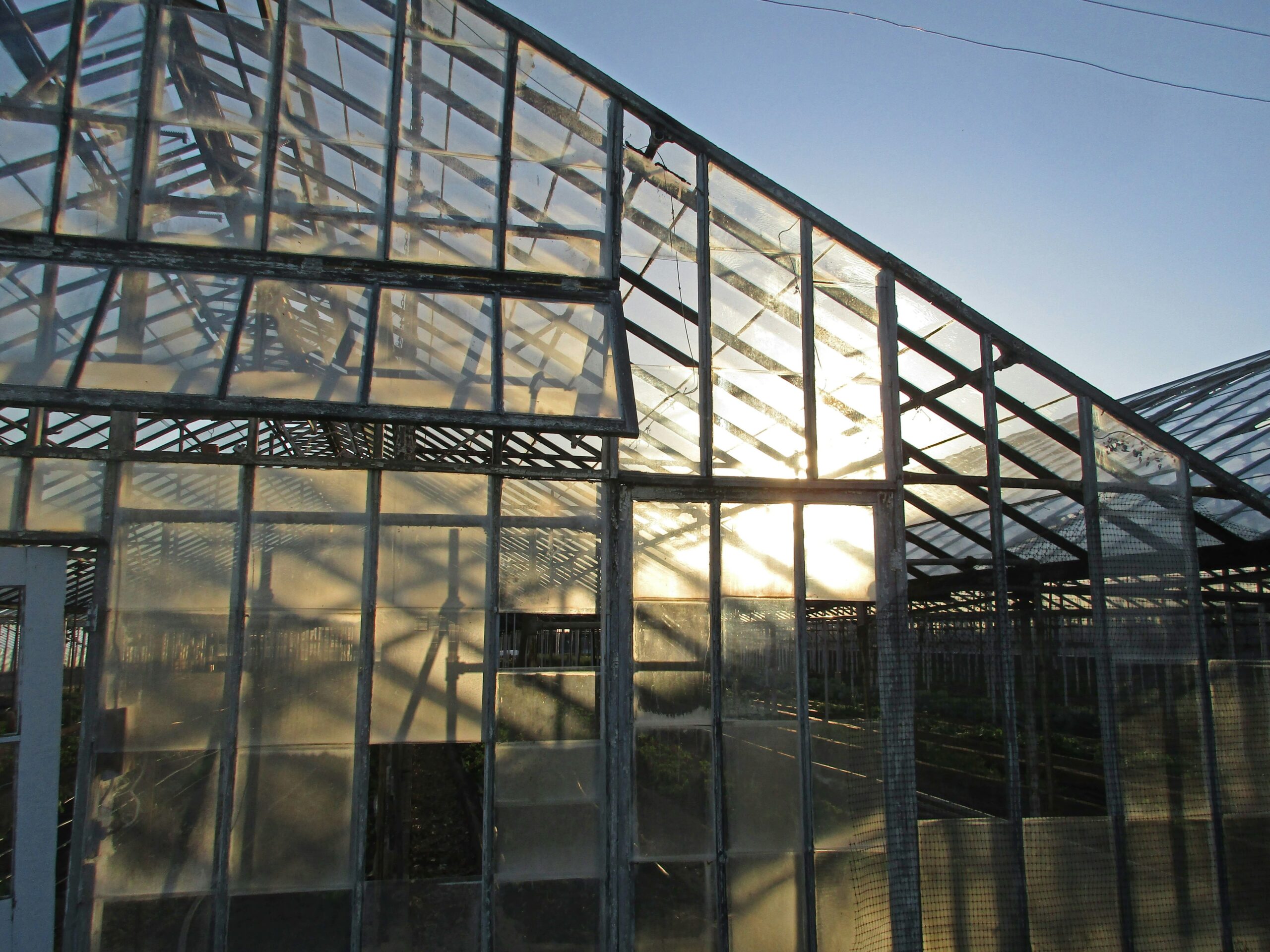 Image: Wisely Woven/Unsplash
Image: Wisely Woven/Unsplash
The number of actively-licensed cultivators in California continues to decline as 2024 gets underway. According to a January 31 query of the state’s License Search tool, 5,498 cultivators hold active licenses. That figure is down almost 35% from two years ago, when 8,380 cultivation licenses were active at the start of 2022. It is also down about 9% from our last update on the matter in mid-August 2023.
As we’ve pointed out, cultivation licenses are an imperfect proxy for actual production. This is due to the fact that some of the licenses that lapsed may not have been operational; some hoping to enter the market are not able to clear hurdles such as local licensing requirements, California Environmental Quality Act compliance, and obtaining funding, to name a few. Additionally, multiple small cultivation licenses operated by single entities may have in some cases been consolidated into medium or large cultivation licenses under a rule change that went into effect at the start of 2023, reducing the overall number of active permits.
Still, the overall trend is pointing to shrinking total cultivation capacity in California. Despite steadily decreasing cultivation license figures, however, California’s spot wholesale flower price fell to a new all-time low last week, surpassing the previous trough established in the first week of 2023.
One explanation for the downtrend in wholesale prices is the overall distressed business environment. Cultivators are in some cases hard pressed to generate cash flow, sometimes due to the fact that they’re owed money that hasn’t been paid, and are forced to let product go for lower rates then they would typically. Businesses that are exiting the market may also be liquidating inventory at low prices to meet obligations to creditors and other parties.
On the other hand, while some businesses are exiting California’s cannabis market, others such as Glass House are expanding already large-scale cultivation operations while also driving down the cost of production. Overall, it’s clear that despite declining cultivation license numbers, supply in the Golden State is still ample. As we discuss in-depth in this week’s PREMIUM report in regard to Nevada and Arizona, California’s wholesale price slide appears as if it is impacting neighboring states as well.